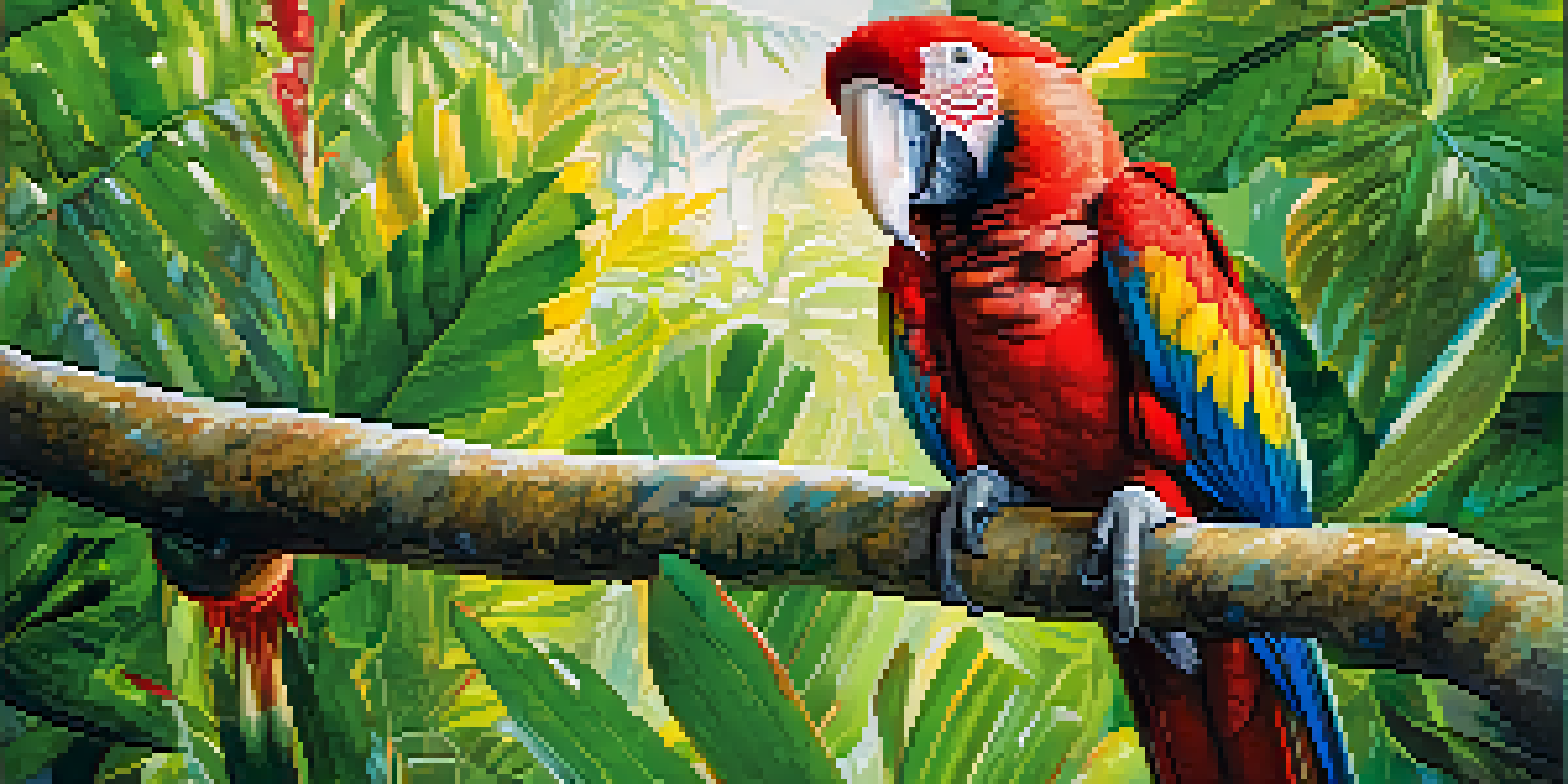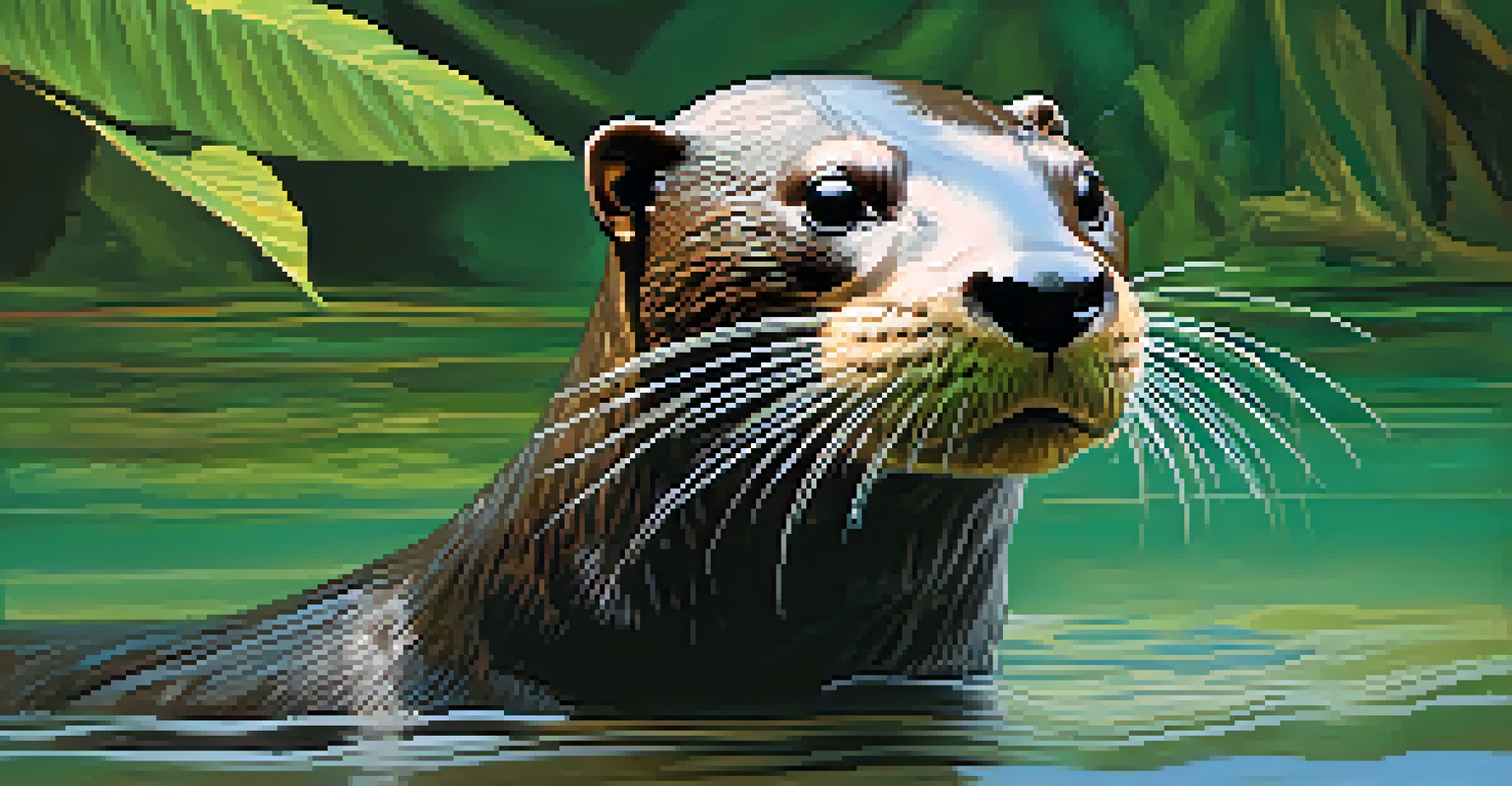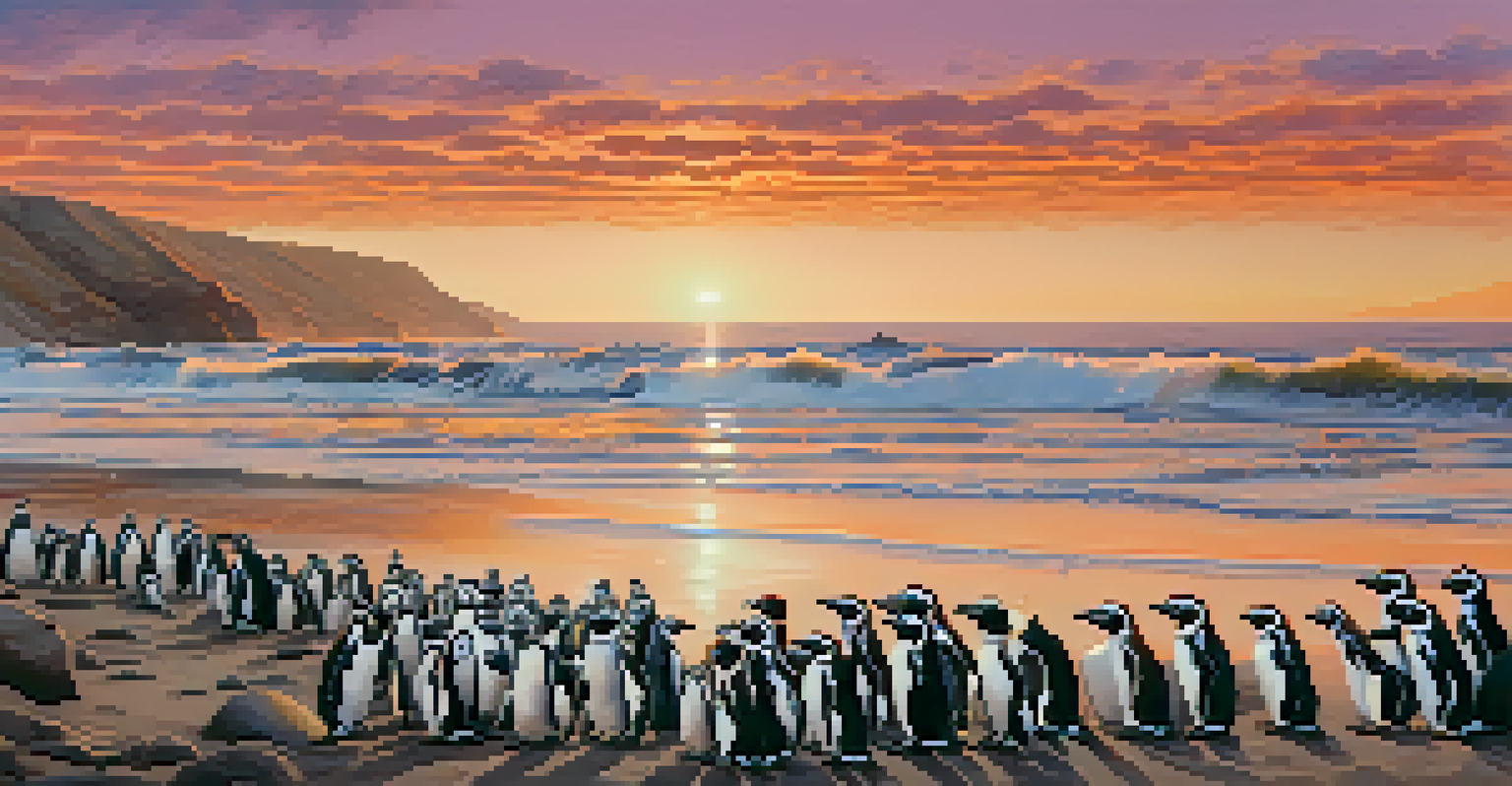Capturing the Endangered Species of Peru on Camera

The Rich Biodiversity of Peru: A Photographer’s Paradise
Peru is a treasure trove of biodiversity, boasting countless unique species. From the lush Amazon rainforest to the towering Andes, this South American gem is home to wildlife that often can’t be found anywhere else. For photographers, this means endless opportunities to capture stunning images that tell the stories of these remarkable creatures.
In every walk with nature one receives far more than he seeks.
However, amidst this beauty lies a harsh reality. Many of these species face the threat of extinction due to habitat loss, climate change, and poaching. This makes photographing them not just an artistic endeavor but also a vital part of raising awareness about their plight.
As you embark on this photographic journey, you’ll find that each click of the shutter is a step toward helping preserve these endangered species. Capturing images of these animals can inspire others to take action, making every photograph a potential catalyst for change.
Essential Gear for Wildlife Photography in Peru
When photographing endangered species in Peru, having the right gear can make all the difference. A good camera with a versatile lens is essential, as it allows you to capture both distant wildlife and intricate details. Additionally, investing in a sturdy tripod can help stabilize your shots in the often humid and challenging environments.

Consider adding a telephoto lens to your kit. This type of lens enables you to photograph shy creatures from a distance, minimizing disturbance to their natural behavior. Remember, the goal is to capture authentic moments without intruding on their space.
Peru: A Biodiversity Haven
Peru is rich in unique wildlife, offering photographers unparalleled opportunities to capture endangered species and raise awareness about their conservation.
Lastly, don’t forget about accessories like extra batteries and memory cards. Wildlife photography often involves long waits for the perfect shot, so being prepared ensures you won’t miss capturing that once-in-a-lifetime moment.
Understanding the Behavior of Endangered Species
To capture stunning images of endangered species, it's crucial to understand their behavior. Each species has unique habits and routines, which can greatly enhance your chances of getting the perfect shot. For example, observing the feeding patterns of a rare bird can help you anticipate where it will be at a specific time.
Photography is the story I fail to put into words.
Spending time in the field allows you to witness these animals in their natural habitat. This not only aids your photography but also deepens your appreciation for their existence and struggles. It’s about being patient and respectful, letting nature unfold in front of your lens.
Moreover, understanding animal behavior can also inform your ethical approach to wildlife photography. By minimizing your impact, you’re contributing to the conservation of these magnificent creatures, ensuring they can thrive for future generations.
The Best Locations for Capturing Endangered Wildlife
Peru offers a variety of stunning locations for wildlife photography, each with its own unique set of species. The Manu National Park, often hailed as one of the most biodiverse places on Earth, is a must-visit for photographers seeking to capture elusive animals like the jaguar or the giant river otter.
Another incredible spot is the Tambopata National Reserve, where you can find rare birds such as the scarlet macaw and the endangered black caiman. The vibrant colors and lush landscapes provide a breathtaking backdrop for your photos, making each click a work of art.
Essential Gear for Wildlife Shots
Having the right equipment, including a versatile camera and telephoto lens, is crucial for effectively capturing the beauty of wildlife in challenging environments.
Lastly, don’t overlook the coastal areas like the Paracas National Reserve. Here, you can document unique marine wildlife, including the endangered Humboldt penguin and sea lions. Exploring these diverse ecosystems not only enhances your portfolio but also broadens your understanding of Peru’s endangered species.
The Role of Conservation in Wildlife Photography
Wildlife photography goes hand in hand with conservation efforts. By capturing the beauty and vulnerability of endangered species, photographers can raise awareness and spark conversations about the need for preservation. Every photograph has the power to tell a story that can resonate with viewers around the world.
Many photographers actively support conservation organizations, using their work to promote fundraising initiatives and educational campaigns. This collaboration can lead to tangible benefits for the species you’re documenting, helping to ensure their survival.
Moreover, sharing your experiences and photos on social media can inspire others to appreciate and protect wildlife. The more people become aware of the challenges facing these animals, the more likely they are to take action, whether through donations, volunteering, or simply spreading the word.
Ethics of Wildlife Photography: A Crucial Consideration
As a wildlife photographer, it’s essential to prioritize ethical practices. This means respecting the animals and their habitats while ensuring your presence does not disrupt their natural behavior. Understanding the impact of your actions is vital for the well-being of endangered species.
For instance, maintaining a safe distance helps avoid stressing wildlife. Using a telephoto lens allows you to capture close-up images without encroaching on their space. This approach not only benefits the animals but also results in more natural photographs.
Ethics in Wildlife Photography
Practicing ethical photography by respecting animal habitats and maintaining a safe distance is vital for the well-being of endangered species.
Additionally, educating yourself about local laws and guidelines can help you navigate sensitive areas responsibly. Being a conscientious photographer means contributing positively to conservation efforts and ensuring that future generations can enjoy these magnificent species.
Telling Stories Through Photography: Beyond the Image
Each photograph you take has the potential to tell a story that goes beyond what the viewer sees. It can convey the beauty, struggles, and fragility of endangered species in Peru. A well-composed image can evoke emotions and provoke thought, making your work a powerful tool for advocacy.
Consider including narratives alongside your photos when sharing them. Describing the context behind each shot—such as the challenges faced by the species or conservation efforts in place—can deepen the viewer's understanding and connection to the subject.

Ultimately, your goal as a wildlife photographer should be to create a dialogue about the importance of protecting these incredible creatures. By sharing your passion and insights, you can inspire others to join the cause and take action, making a difference for endangered wildlife.